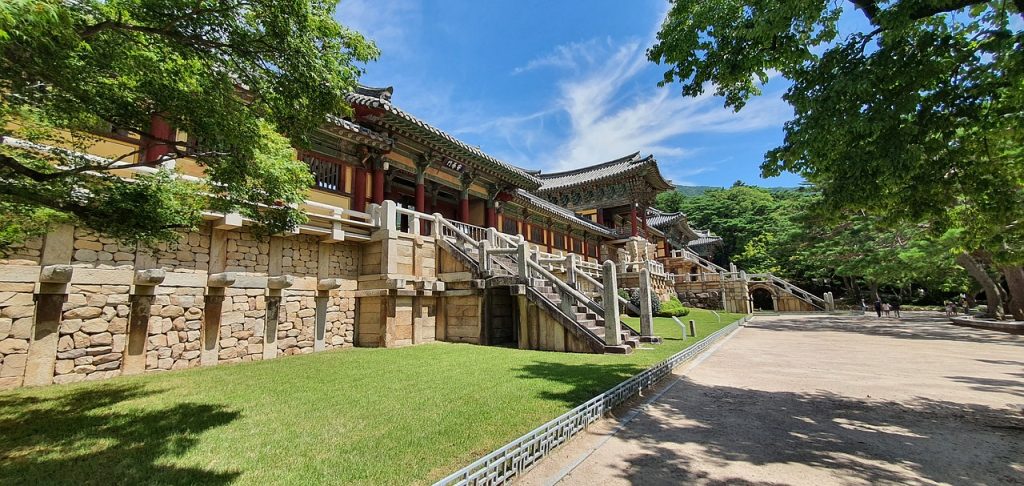Temple Stay and Categories of that

It’s evident that the Temple stay program offers a remarkable traditional cultural experience, allowing participants to immerse themselves in the history and culture of Korean Buddhism while engaging in the daily life of practitioners. The program’s initiation in 2002, following the Korean-Japanese World Cup, and its subsequent recognition by the OECD as a representative cultural experience of South Korea, highlight its significance and impact.
The Templestay program caters to diverse preferences through its various program types:
1. Day Program:
- Designed for individuals who cannot stay overnight at the temple.
- Despite the short duration, participants can still experience traditional culture and Buddhist practices efficiently.
2. Experiential Program:
- Offers a deep understanding of Korean traditional culture and Buddhist practices through activities such as temple etiquette, Balwoo Gongyang (traditional temple food offering), and exploring cultural heritage sites like the 108 Bows.
- Incorporates diverse activities in natural surroundings, providing participants with a range of experiences.
3. Restful Program:
- Includes fundamental rituals like Yebul (morning and evening Buddhist ceremonies) and temple meals, along with designated times for paying respects to the Buddha.
- Allows participants free time for relaxation or personal reflection, encouraging a balance between structured activities and individual contemplation.
Buddha Words
These diverse programs not only provide participants with rich experiences but also contribute to promoting the beauty of Korean traditional culture and the values of Buddhism. The program’s flexibility in catering to different preferences ensures that Templestay continues to play a vital role in sharing the cultural heritage of Korea with a wider audience.
1. Cham Seon :
- Definition: Cham Seon is a practice at the core of Korean Buddhism, where practitioners sit to penetrate the qualities of the Buddha within themselves.
- Purpose: It aims to gain strength for living a positive life through the process of introspection.
2. Balwoo Gongyang :
- Definition: Balwoo refers to the traditional utensils used by monks in the temple. Balwoo Gongyang involves using these utensils to consume food in accordance with traditional rituals.
- Purpose: It provides a wise approach to meals, incorporating gratitude for the efforts of many and a spirit of conservation.
3. Yebul :
- Definition: Yebul is a fundamental ritual signaling the beginning and end of a day at the temple. It is a special time where practitioners wish for the world’s peace through the purification of body, speech, and mind.
- Purpose: The ritual is performed to pray for global peace and to purify one’s mind, body, and speech.
4. Baek Pal Bae (108 bows):
- Definition: Baek Pal Bae involves contemplating and cleansing 108 different afflictions during a practice session. Practitioners reflect on their own foolishness as they bow 108 times during temple visits.
- Purpose: The practice serves to humble oneself by lowering the body, filling the mind with new perspectives, and reflecting on and purifying inner afflictions.
1 thought on “Temple Stay in Korea”